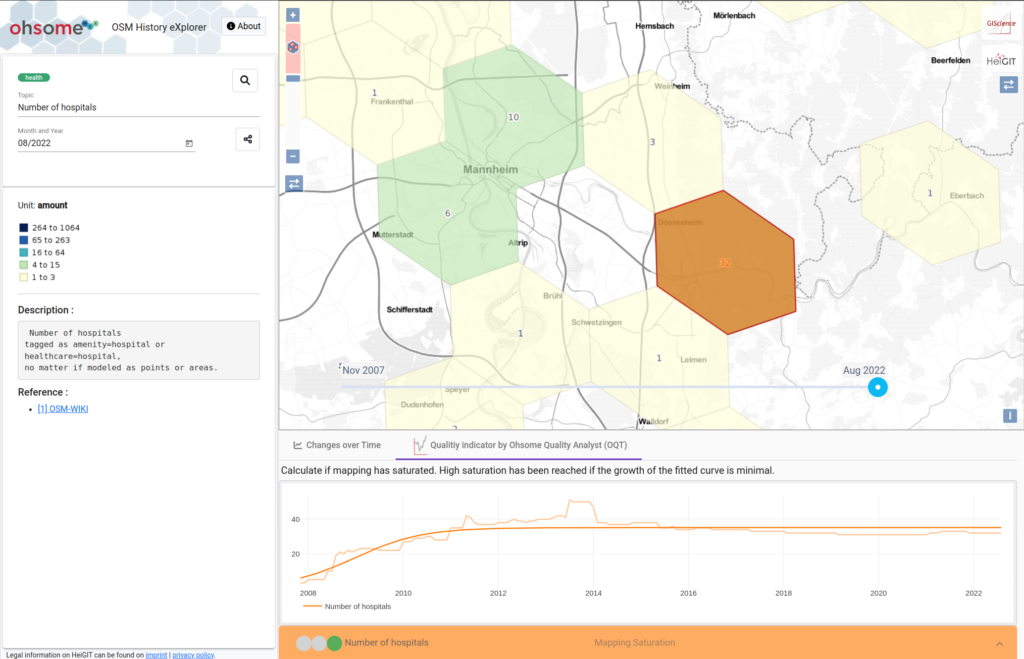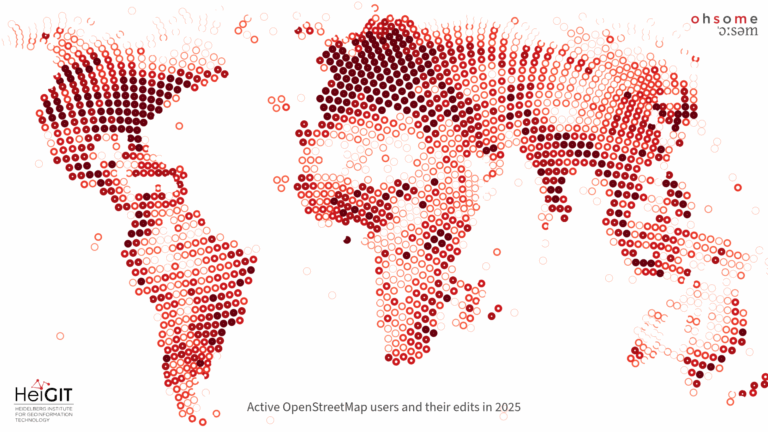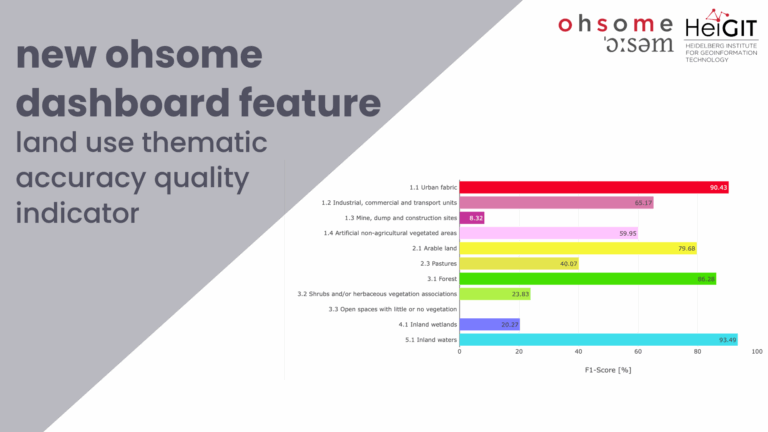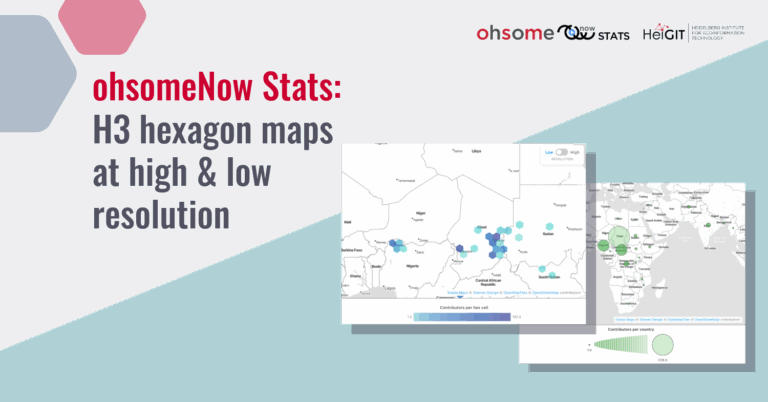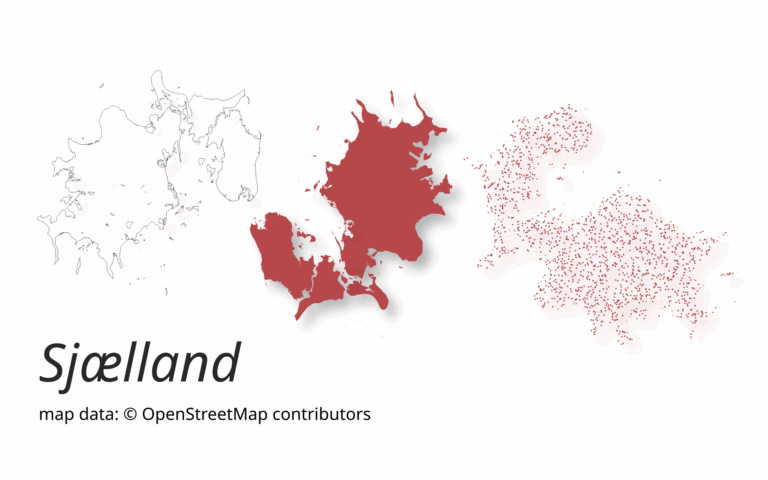The HeiGIT team had a great time at the State of the Map 2022 in Florence. Many thanks to the participants for the fruitful discussions at our workshop!
Despite the direct use of OSM as a map, more and more organizations use OSM as a source of data for activities, services, or applications.
“How good is OSM in Mozambique?”
“Can I use OSM for car routing in Mumbai?”
“Does OSM include the relevant healthcare facilities to plan a humanitarian action in Nepal?”
If you are a data user, these questions might sound familiar to you.
Data Quality and the concerns about “Fitness for purpose” are important issues.
The HeiGIT team creates tools to make it easier to answer these and other questions about OSM Data.
OSM data quality estimation is a complex task and the results are sometimes hard to interpret. The goal of one of our tools – the Ohsome Quality Analyst (OQT) – is to make this process as user-friendly as possible. Besides a Web Interface, OQT provides an even more powerful Web API to generate Data Quality Reports.
As a new feature, we started to integrate some of the functionality of OQT into our ohsome History Explorer (ohsomeHeX).
ohsomeHeX is a tool to visualize maps and timeseries of data development in OSM, such as health facilities, roads or buildings. Over time certain types of map objects are added to OSM and the data grows. When the growth rate of newly added features slows down, this so-called saturation can be an indicator of map completeness. The OQT API provides such a “Mapping Saturation” indicator, which you can now easily explore in ohsomeHeX to evaluate the Quality of a specific map topic in a certain region. A traffic light system will help the end-users to interpret the calculated indicator results.
With the new Mapping Saturation indicator, it’s quite easy to make an estimate of the quality by looking at the saturation of the data. For example, if a region has a saturation of less than 30% in the last 3 years it’s denoted as Red, or in simpler words would mean this region is not saturated yet and a lot of features are not yet created in OSM.

[figure 1: Example of Low Quality (Red) OSM Data. Number of Hospitals in Mumbai]

[figure 2: Example of Medium Quality (Yellow) OSM Data. Number of Hospitals in Burundi]

[figure 3: Example of Good Quality (Green) OSM Data. Number of Hospitals in Heidelberg]

[figure 4: Comparing different Topics for their saturation. Comparing Number of Hospitals with Number of Clinics in Barcelona]
At the current stage ohsomeHeX started with only one quality indicator – Mapping Saturation – but there is more to come. OQT offers further intrinsic and extrinsic indicators on completeness and currentness and is still under heavy development. Already, additions such as the Building Completeness Indicator signal more to come!
So be ready for more useful integrations in ohsomeHeX for simple and convenient access to quality information and fitness for purpose of OSM data.
Related Links:
- Map on ohsomeHeX: Open ohsomeHeX map here
- ohsome general idea
- how to become ohsome blog series
- Exploring OSM history: the example of health related amenities
- Introduction to OQT

